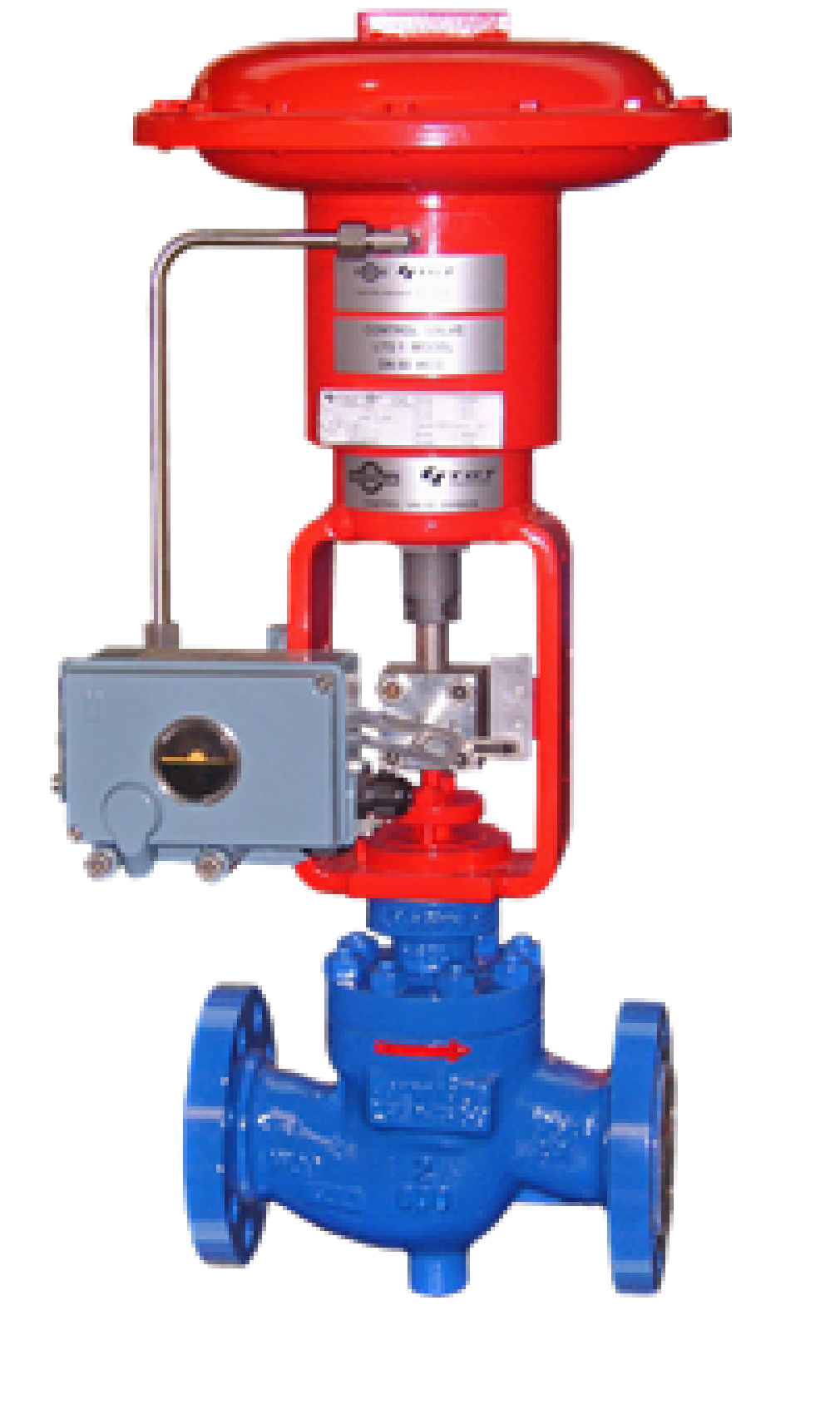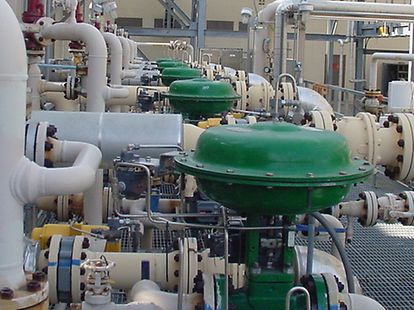Optimizing System Control with High-Performance Control Valves
Optimizing System Control with High-Performance Control Valves
Blog Article

Maximize Power Cost Savings and Convenience With Advanced Structure Automation Controls
In the world of contemporary architecture and facility administration, the integration of advanced building automation controls stands as a critical advancement. The convergence of innovation and sustainability has actually birthed a brand-new era where energy efficiency, convenience optimization, and operational streamlining are no more remote aspirations however achievable truths. By taking advantage of the power of automation, buildings can adapt, respond, and progress in methods that were once unbelievable. The potential for significant energy cost savings and boosted comfort is not simply an opportunity yet a pledge waiting to be satisfied. This standard shift in building monitoring holds the crucial to unlocking a globe where environmental conscientiousness and occupant health sympathetically exist together within the walls of our frameworks.
Power Efficiency Conveniences
Energy performance advantages can significantly minimize power usage and operational costs in structures. By applying energy-efficient practices and technologies, building proprietors and drivers can achieve significant financial savings while likewise adding to environmental sustainability. One of the main advantages of enhancing power effectiveness in buildings is the reduction of utility bills. Energy-efficient systems, such as sophisticated structure automation controls, can maximize using resources like illumination, home heating, and air conditioning, leading to lower energy expenditures over time.
Additionally, boosted power performance can extend the life expectancy of structure tools and systems. By operating much more efficiently, HVAC systems, lighting fixture, and various other building elements experience much less deterioration, resulting in reduced maintenance and replacement costs. Furthermore, energy-efficient structures typically command higher building values and rental prices, providing lasting financial benefits to owners.
Additionally, power effectiveness can boost resident comfort and performance. Effectively managed indoor environments with optimum lights and thermal problems produce an even more helpful and pleasant office, resulting in boosted worker satisfaction and performance. On the whole, the power efficiency benefits connected with sophisticated building automation controls are diverse, encompassing price savings, environmental stewardship, and passenger well-being.
Improved Comfort Control
Enhancing comfort control in building environments requires a sophisticated combination of sophisticated automation systems for ideal passenger health. By utilizing advanced building automation controls, centers can customize the indoor setting to meet the certain needs and choices of owners. control valves.
By including these sophisticated controls, buildings can not only enhance comfort however also enhance energy effectiveness by enhancing system procedures based on actual tenancy and use patterns. Ultimately, focusing on owner comfort with advanced automation systems leads to a much more enjoyable and healthier interior setting.
Operational Effectiveness Improvements

Additionally, the execution of real-time tracking and analytics tools allows structure operators to determine power inefficiencies and functional abnormalities promptly. By constantly keeping track of power use patterns and system performance metrics, modifications can be made in real-time to maximize energy usage and make certain peak operational effectiveness. control valves. In addition, integrating need More Help reaction techniques into building automation controls can even more boost operational efficiency by dynamically readjusting energy use based on grid problems and rates signals
Indoor Environment Optimization
Efficient indoor climate optimization is an essential facet of structure automation controls, ensuring residents' comfort and wellness while maximizing energy savings. By using sophisticated sensors and controls, developing automation systems can constantly adjust and keep track of temperature level, moisture levels, air quality, and ventilation to produce an optimum interior top article environment. Keeping consistent and comfortable problems not only boosts owner fulfillment yet likewise increases performance and total well-being.
Indoor climate optimization also plays a vital function in power performance. By fine-tuning heating, ventilation, and air conditioning systems based on real-time data and occupancy patterns, building automation controls can considerably reduce power usage - control valves. Carrying out approaches such as demand-controlled ventilation and thermal zoning can help reduce power waste while ensuring that each area of the building obtains the required conditioning.

Sustainable Environment Creation
Building automation manages not just maximize indoor environment conditions for energy efficiency and resident convenience yet also lay the structure for producing a sustainable setting through calculated monitoring of systems and resources. By incorporating innovative building automation innovations, such as sensors, actuators, and smart software program, facilities can readjust and keep an eye on energy usage in real-time to decrease waste and lower their carbon impact. These systems make it possible for anticipating upkeep, determining possible issues prior to they intensify and optimizing devices efficiency to boost longevity and efficiency.
Additionally, sustainable atmosphere production expands past power monitoring to encompass water conservation, waste reduction, and indoor air high quality renovation. Structure automation controls can regulate water use, find leaks, and make certain appropriate waste disposal methods, contributing to overall sustainability efforts. In addition, by keeping an eye on and managing air flow and purification systems, these technologies boost owner health and productivity while decreasing power consumption connected with heating and cooling operations.
Final Thought
Finally, advanced building automation controls deal considerable benefits in terms of energy financial savings, convenience control, functional efficiency, interior environment optimization, and producing a lasting setting. By carrying out these controls, buildings can attain ideal performance while lowering energy intake and improving resident convenience. It appears that making use of advanced automation innovation is vital in enhancing building efficiency and creating a more lasting future.
Energy performance benefits can substantially lower power intake and functional prices in structures. On the whole, the power efficiency benefits associated i loved this with advanced structure automation controls are complex, incorporating cost financial savings, environmental stewardship, and passenger well-being.
Additionally, incorporating need action methods right into structure automation controls can better boost functional performance by dynamically readjusting power usage based on grid conditions and pricing signals.
Building automation manages not just enhance interior climate conditions for energy efficiency and passenger comfort but also lay the foundation for developing a lasting atmosphere with tactical management of resources and systems.In final thought, advanced structure automation regulates deal considerable benefits in terms of power cost savings, comfort control, operational effectiveness, indoor climate optimization, and producing a sustainable setting.
Report this page